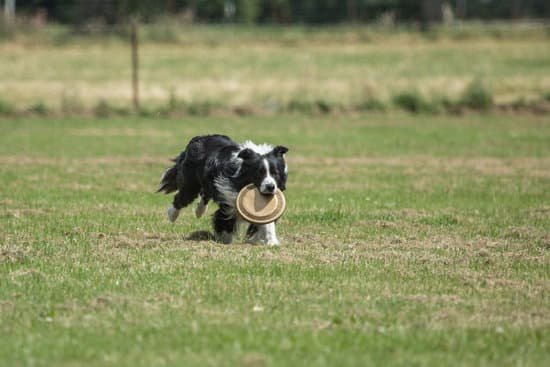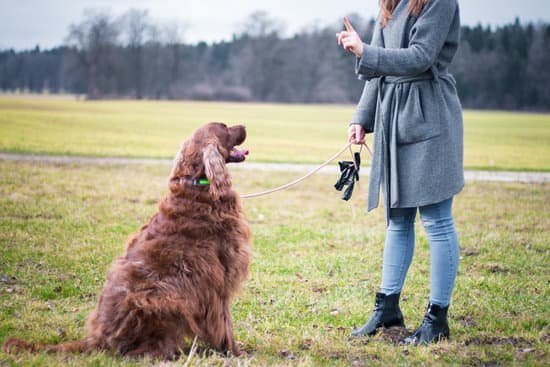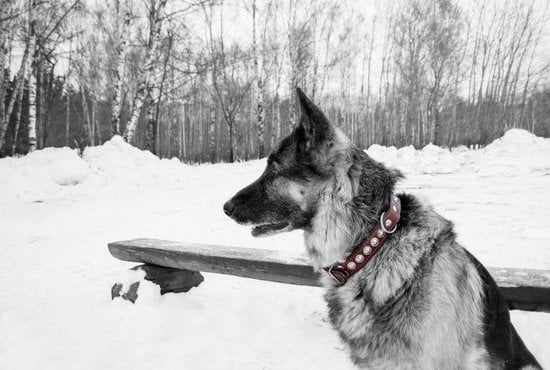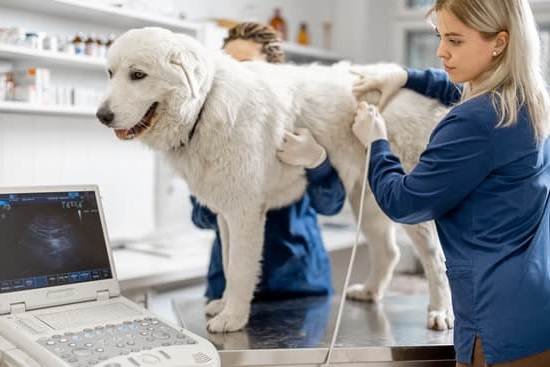Separation anxiety is a common problem in dogs. If your dog becomes anxious or stressed when you leave him alone, he may bark, whine, howl, pace, or engage in other destructive behaviors. Fortunately, there are many things you can do to help your dog overcome his separation anxiety.
The first step is to identify the things that trigger your dog’s anxiety. Some dogs become anxious when they hear certain sounds, such as the doorbell or the sound of someone walking in the house. Other dogs may become anxious when they see certain things, such as a suitcase or a coat. Once you have identified the things that trigger your dog’s anxiety, you can work to eliminate or minimize them.
The next step is to create a routine for leaving your dog alone. Try to leave your dog at the same time each day and always leave him with something to do. You can provide your dog with a toy or a bone to chew on, or you can put him in a room with a few toys. You can also play a recording of your voice or the sound of a door closing to help reassure your dog.
If your dog is still anxious when you leave him alone, you may need to start with short separations and gradually increase the duration of the separations. You can also try leaving your dog with a friend or family member who can help keep him calm.
If your dog’s separation anxiety is severe, you may need to seek the help of a professional dog trainer. A dog trainer can help you create a behavior modification program specifically for your dog.
How To Train Your Dog To Deal With Separation Anxiety
Separation anxiety is one of the most common behavioral problems dog owners face. It is estimated that up to one-third of all dogs experience some form of separation anxiety.
Dogs with separation anxiety typically exhibit one or more of the following behaviors when their owners leave them alone:
-They become agitated and restless
-They whine or bark incessantly
-They urinate or defecate in inappropriate places
-They chew on furniture or other objects
-They try to escape from the house or yard
There are a number of things you can do to help your dog overcome separation anxiety. The most important is to start obedience training early and to continue training throughout your dog’s life.
One of the best ways to help a dog with separation anxiety is to teach him to enjoy being alone. This can be done by gradually increasing the amount of time you leave your dog alone. Start by leaving him alone for just a few minutes, and gradually increase the amount of time you are gone.
Another important step is to make sure your dog has plenty of exercise. A tired dog is less likely to become anxious when left alone.
You can also help your dog overcome separation anxiety by providing him with plenty of toys and other distractions. You can also try leaving a radio or television on to provide some noise and stimulation.
If your dog continues to exhibit signs of separation anxiety, you may need to consult a behaviorist or trainer for help. There are a number of medications and behavior modification techniques that can help dogs overcome this problem.
How To Train My Dog For Anxiety
Dogs can suffer from anxiety for many reasons. Maybe they’re left alone for long periods of time, or they’re not getting enough exercise. Maybe they’re not feeling well, or they’re scared of something. Regardless of the cause, anxiety can be very stressful for dogs – and for their owners, who have to deal with the accompanying behaviors.
Fortunately, there are things you can do to help your dog overcome anxiety. One of the most important is to provide plenty of exercise and stimulation. A tired dog is a calm dog, so make sure your dog gets plenty of exercise every day. You can also try to create a routine for your dog, which will help them feel more secure.
If your dog is anxious around people or other animals, you can try to desensitize them by gradually exposing them to these things in a safe and controlled environment. You can also use positive reinforcement to help your dog feel more confident. rewarding your dog for calm, relaxed behavior can help them learn that there’s nothing to be afraid of.
If your dog is experiencing anxiety, it’s important to seek help from a qualified professional. A behaviorist or trainer can help you develop a treatment plan specifically for your dog. With patience and dedication, you can help your dog overcome their anxiety and live a happy, healthy life.
How Do You Train A Dog With Separation Anxiety
?
Separation anxiety is a condition that is seen in many dogs. It is characterized by a dog who becomes anxious and stressed when they are separated from their guardians. There are many ways to help train a dog with separation anxiety, but the most important thing is to be patient and consistent.
The first step in training a dog with separation anxiety is to work on building up their confidence. This can be done by gradually increasing the amount of time that the dog is left alone. You can also work on obedience commands with the dog, so that they know that they can obey you even when they are stressed.
The next step is to help the dog to learn to relax when they are alone. This can be done by teaching the dog to engage in positive behaviors, such as playing with a toy or taking a nap. You can also use calming aids, such as pheromone diffusers or Bach’s Rescue Remedy, to help the dog relax.
If the dog is exhibiting destructive behaviors when they are left alone, you will need to help them to stop. This can be done by teaching the dog to chew on a chew toy instead of your furniture, and by providing plenty of exercise and mental stimulation.
It is important to be patient and consistent when training a dog with separation anxiety. It may take some time for the dog to overcome their anxiety, but with patience and dedication, you can help them to become a confident and relaxed dog.
Dog Anxiety Training Tempe Az
Dogs can experience anxiety for many reasons, such as changes in routine, loud noises, or being left alone. Symptoms of anxiety can include panting, pacing, whining, salivating, and destruction of property. If your dog is experiencing anxiety, there are a few things you can do to help him or her feel better.
The first step is to identify the cause of the anxiety. If you can identify what is causing your dog to be anxious, you can work to address that issue. For example, if your dog experiences anxiety when you leave him or her alone, you can work on training your dog to be comfortable being alone. If your dog is afraid of loud noises, you can work on desensitizing him or her to the noise.
The second step is to provide your dog with a safe place to relax. This could be a crate, a designated spot in the house, or a calming product such as a Thundershirt or Adaptil diffuser. If your dog feels safe and comfortable in this space, he or she will be less likely to experience anxiety.
The third step is to provide your dog with plenty of exercise and mental stimulation. A tired dog is less likely to experience anxiety. Playing fetch, going for walks, and playing games with your dog are all great ways to provide exercise and stimulation.
If your dog is experiencing anxiety, the best thing you can do is to work with a professional trainer to help him or her overcome it. A professional trainer can help you identify the cause of the anxiety and provide you with exercises and techniques to help your dog feel better.

Welcome to the blog! I am a professional dog trainer and have been working with dogs for many years. In this blog, I will be discussing various topics related to dog training, including tips, tricks, and advice. I hope you find this information helpful and informative. Thanks for reading!





